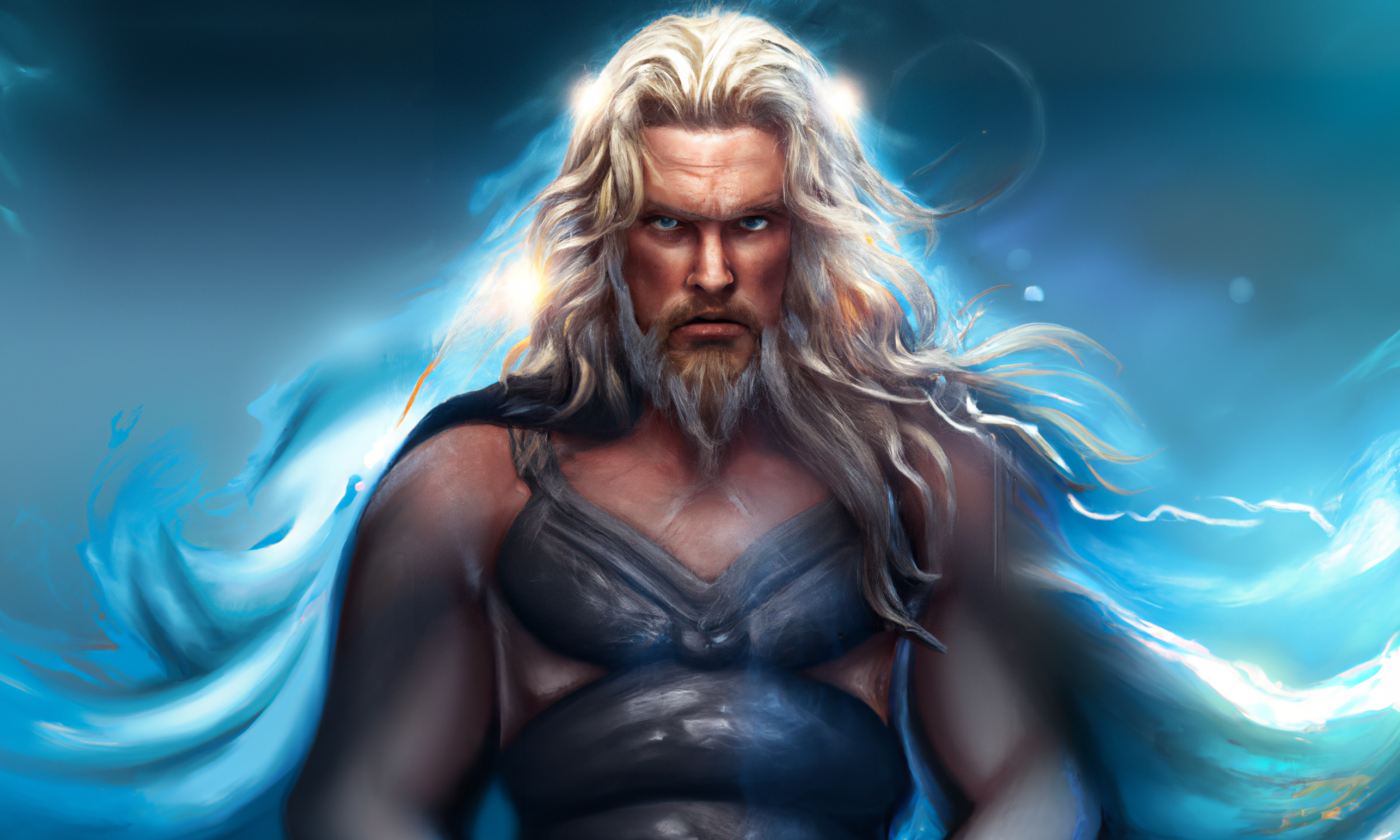GLEIPNIR
Gleipnir, the Enigmatic Bond:
In Norse mythology, a significant and intriguing artifact known as Gleipnir takes center stage, often illustrated as an exceptionally potent ribbon or rope. This enchanted artifact was specifically employed to subdue the fearsome wolf, Fenrir. Fenrir, known for his gargantuan strength and dreaded due to a prophecy foreseeing him as the harbinger of universal annihilation during the catastrophic event of Ragnarök, was a being that the gods deemed necessary to control. In an attempt to curb Fenrir's unparalleled power, the gods initially fashioned a pair of chains named Læding, which translates to 'leading' from Old Norse. However, the shackles of Læding proved to be inadequate in restraining the monstrous wolf, who easily shattered his bonds, slipping from the clutches of the gods. Faced with this daunting reality, the gods made another effort to bind Fenrir, this time employing a much sturdier set of shackles called Dromi, an Old Norse term that signifies 'rumble' or 'earthquake'. But, akin to their first endeavor, the gods found their efforts fruitless, as Fenrir broke free from Dromi's grasp with ease, mirroring his previous escape from the constraints of Læding.
Recognizing the ineffectiveness of ordinary chains, the gods sought assistance from the skillful dwarves, requesting the creation of a magical tether potent enough to indefinitely contain the mighty Fenrir. The dwarves, masters of craftsmanship, rose to the challenge and contrived the extraordinary Gleipnir. The composition of Gleipnir encompassed an array of peculiar elements, each contributing to its immeasurable strength. These included the soft padding of a cat's footfall, the non-existent beard of a woman, the invisible roots of a mountain, the sinews of a bear, the undetectable breath of a fish, and the ephemeral spittle of a bird. Such enigmatic ingredients were intertwined and woven into the form of a ribbon or rope. This resulted in an artifact of tremendous fortitude, utterly indestructible and unbendable, even under the immense force exerted by a beast as formidable as Fenrir.
The captivating tale of Gleipnir underscores the remarkable interplay of magic, strategy, and the gods' ability to face and subdue adversities, no matter how insurmountable they may seem. The narrative of this extraordinary binding, robust yet inconspicuously slender, stands as a testament to the prominence of magical elements in the rich tapestry of Norse mythology. This potent magic, often ascribed to the clever dwarves or the elusive elves, provided the gods with the tools to face formidable odds, lending a fascinating aura of intrigue and wonder to the mythological narratives. Moreover, Gleipnir's story highlights the gods' capacity to overcome seemingly impossible challenges, pointing to the presence of resilience, tenacity, and ingenuity among the divine beings. It offers us a glimpse into the complexities of divine existence, where the gods, despite their superior powers, were also bound by limitations and vulnerable to threats posed by entities like Fenrir. Yet, through a strategic blend of diplomacy, guile, and the judicious application of power, they managed to negotiate these challenges and maintain the stability of the cosmos. Gleipnir, in essence, stands as a symbol of the extraordinary potential of magic, intertwined with the delicate balance that preserves order within the universe. Its role in restraining Fenrir, a threat potent enough to precipitate cosmic upheaval, underlines the need for control and moderation in a universe that perpetually balances on the knife-edge of chaos. The tales revolving around this magical ribbon serve as an enduring metaphor of the precarious equilibrium that keeps the wild forces of the cosmos in check, thereby ensuring the continuity of existence. It is a reminder that even in a universe filled with omnipotent gods and mighty creatures, balance is crucial, and the smallest element can hold enormous significance in preserving this balance.
Other Readings:





